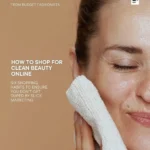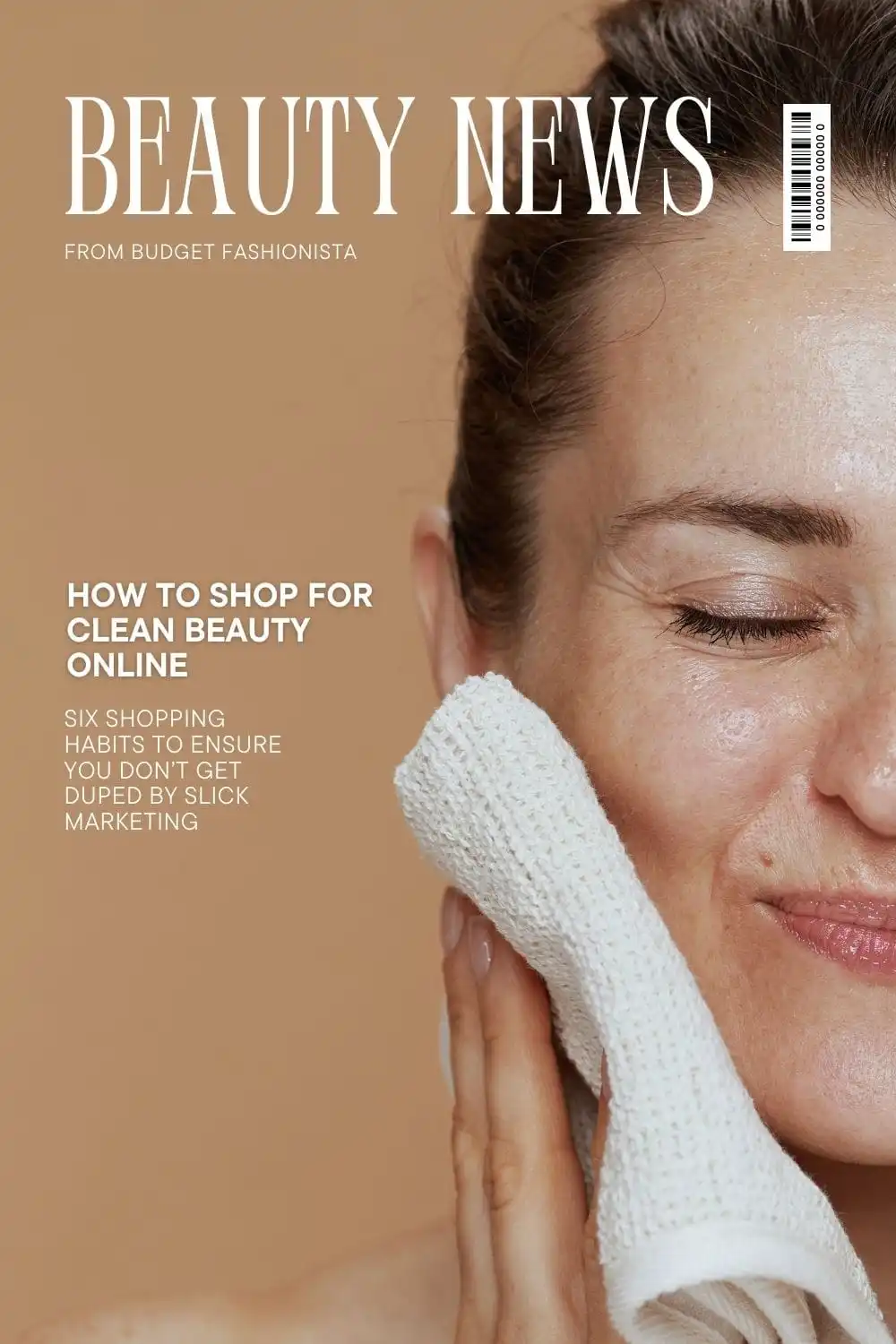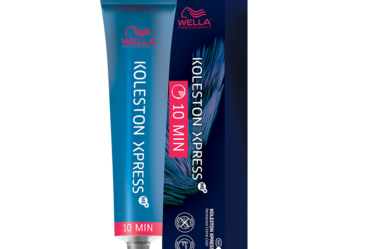
Are you in the market for clean, sustainable beauty brands? You’re not alone. According to researcher MarketResearch.biz, the clean beauty market is projected to quadruple in size over the next decade, reaching $39 billion by 2033. That means many more beauty shoppers are shifting to vegan, cruelty-free, sustainable products. That’s the stuff with a lower carbon footprint that’s also skin-friendly.
If you are participating in that shift, it can be overwhelming to find beauty brands that are healthier for you and the environment. There are literally thousands of beauty brands in the U.S. — and most say their products are the best and safest. The selection process becomes more difficult if you’re part of the 70% of Americans who regularly shop online. Online shopping can limit your visibility into that all-important product label.


There’s good news, though. You can choose clean beauty products confidently by adding the six shopping habits below to your buying process. Soon enough, you’ll you’ll be stocking your bathroom cabinet with sustainable, safe, and effective care products.
Check ingredients
Your first step is to read the label. If there’s no label or ingredients list available online, move on. Respectable clean beauty brands don’t hide ingredient formulations.
For context, clean beauty products are formulated with ingredients deemed safe for humans and the environment. These ingredients are often, but not always, natural. Also, if the product is positioned as vegan, it should not contain any animal-based ingredients.
Clean vegan skincare can contain ingredients made in a lab, such as hyaluronic acid and vitamin C. The caveat is that those lab-created ingredients must be safe for you and the planet.
Skincare ingredients to avoid
Beauty products sold in the U.S. contain many harmful ingredients. Fourteen common culprits to avoid are:
- Parabens
- Phthalates
- Alcohols
- Sulfates
- DEA
- DBP
- Synthetic and animal-derived fragrances
- Phthalates
- Microbeads
- Mineral OIi
- Paraffin Wax
- Gluten
- Mercury Compounds
- Animal-derived ingredients
Clean ingredients to look for
Eleven popular clean skincare ingredients to look for are:
- Celery seed extract
- Ceramide 3
- Cucumber Fruit Extract
- Hyaluronic acid
- Jojoba oil
- Licorice Root Extract
- MCT Oil (Caprylic Triglyceride)
- Macadamia Seed Oil
- Meadowfoam Seed Oil
- Organic Rosehip Seed Oil
- Shea Butter
Look for certifications
Securing product certifications takes time and resources. Brands that make the effort to get certified have already demonstrated their commitment to producing safe, authentic, and sustainable beauty products. A few reputable certifications in the clean beauty space are:
- COSMOS
- USDA Organic
- NPA (Natural Product Association)
- Leaping Bunny
Research the brand
Sadly, independent research is necessary to validate any brand’s sustainability claims. Try combing through the brand’s website for transparent details about manufacturing processes, ingredients, sustainability efforts, and ethical sourcing. It’s a red flag if you don’t find that information.
You can also search the brand name online. New stories and reviews online can also validate the brand’s marketing claims.
Avoid greenwashing
The goal of your research is to distinguish between brands that are truly clean and those that greenwash. Greenwashing is a marketing tactic that positions products as eco-friendly when they’re actually not. Brands do this by using earth-friendly imagery alongside vague terms like natural or green. Both of those words should raise an eyebrow, because neither has a standard definition in the beauty industry.
Worse, some brands will even add a fake bunny certification to their packaging to imply their products are non-toxic and cruelty-free. Always double-check a brand’s certification on the official Leaping Bunny website.
Know that the U.S. Federal Trade Commission (FTC) helps protect consumers by enforcing laws to ensure a competitive and fair marketplace. One FTC rule requires any environmental claim to specify whether it refers to the product or the packaging — and how much of each. A clear explanation of that claim should be included on packaging and in advertising.
Price doesn’t indicate quality
Sometimes, greenwashing and hefty price points go hand in hand. The truth is, you don’t have to spend a bunch for quality, clean, vegan makeup and skincare. Look for brands that offer affordable luxury without sacrificing your health or the environment. Again, your best options will be transparent about their ingredients and practices — so you can make confident choices about which brands you want to support.
Ask questions
Many credible clean beauty companies do explain their practices and ethics on their websites. But you may still have questions about ingredients, packaging, or something else. If so, jot down your questions and contact the brand via whatever channel is available. Live chat, email, or telephone are common options. Any company that values transparency will answer your questions.
Bottom line: Knowledge is power
When you’re shopping for clean beauty products online, knowledge is power. The more you understand about product formulation, packaging, sustainability, and ethics, the more confident you’ll be when choosing the best vegan skincare and makeup for you and the planet.
PSA. It’s time to dump Google and switch to Ecosia. Get answers faster and make the world a better place. Download the Ecosia iOS app and make Ecosia.org your browser’s homepage.



